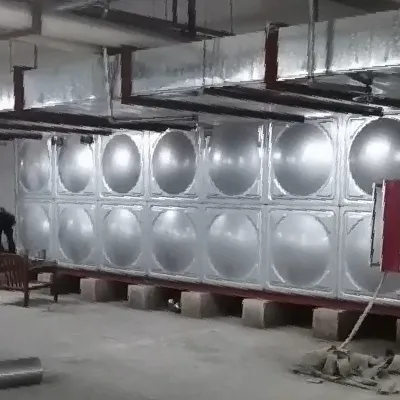loading...
- No. 9, Xingyuan South Street, Dongwaihuan Road, Zaoqiang County, Hengshui, Hebei, China
- admin@zjcomposites.com
- +86 15097380338
- Welcome to visit our website!
aluminum bar grating
Aluminum Bar Grating A Comprehensive Overview
Aluminum bar grating is an essential material used in various industrial applications, known for its strength, lightweight properties, and versatility. Composed of aluminum bars arranged in a grid pattern, this type of grating provides a durable and effective solution for many structural needs. It serves various purposes, from load-bearing requirements to providing ventilation and drainage in different settings.
One of the most significant advantages of aluminum bar grating is its formidable strength-to-weight ratio. Aluminum, being a lightweight metal, offers ease of handling and installation, significantly reducing labor costs. Its structural integrity makes it ideal for applications that require support without excessive weight. Additionally, aluminum bar grating is corrosion-resistant, making it suitable for harsh environments, including chemical processing and marine applications. Unlike steel, aluminum does not rust, ensuring longevity and minimal maintenance.
Another vital characteristic of aluminum bar grating is its slip resistance. The grated surface, often featuring serrated or smooth finishes, provides excellent traction, reducing the risk of slips and falls in high-traffic areas. This feature is particularly essential in industrial settings where safety is a top priority. Whether used as flooring, walkways, or platforms, aluminum bar grating contributes significantly to workplace safety.
Aluminum bar grating is also highly versatile in design and application. It can be customized according to specific needs, whether for stair treads, ramps, or custom platforms. The spacing between bars can be adjusted to accommodate different load requirements, making it suitable for light, medium, and heavy-duty applications. Furthermore, with various finishes available, including anodized and powder-coated options, the aesthetic appeal can be enhanced to suit architectural designs while maintaining functionality.
aluminum bar grating

In terms of environmental impact, aluminum bar grating is a sustainable choice. Aluminum is recyclable, and reusing it reduces the overall carbon footprint. The recycling process uses considerably less energy than producing new aluminum, making it an eco-friendly option in construction and industrial applications. Additionally, the longevity of aluminum products means that less material is required over time, contributing to resource conservation.
Installation of aluminum bar grating is straightforward and quick compared to other materials. It can be easily cut and fabricated on-site, allowing for precise adjustments and reducing waste. This adaptability also means that projects can be completed faster, which is crucial in competitive industries where time is of the essence.
Moreover, aluminum bar grating has excellent thermal conductivity, making it an ideal choice for applications that require heat dissipation. This characteristic is particularly beneficial in electrical and mechanical engineering fields, where managing heat can enhance efficiency and performance.
In conclusion, aluminum bar grating stands out as a practical and efficient material in various industrial applications. Its superior strength, lightweight nature, corrosion resistance, and safety features contribute to its widespread use. With its ability to be customized and the added benefit of being environmentally friendly, aluminum bar grating is an excellent choice for those looking for durable and reliable solutions. Whether in commercial, industrial, or architectural projects, its advantages make it a preferred option for engineers and builders alike. As industries continue to seek innovative materials that balance performance and sustainability, aluminum bar grating will undoubtedly remain an essential component in modern construction and design.
-
The Rise of FRP Profiles: Strong, Lightweight, and Built to LastNewsJul.14,2025
-
SMC Panel Tanks: A Modern Water Storage Solution for All EnvironmentsNewsJul.14,2025
-
GRP Grating: A Modern Solution for Safe and Durable Access SystemsNewsJul.14,2025
-
Galvanized Steel Water Tanks: Durable, Reliable, and Ready for UseNewsJul.14,2025
-
FRP Mini Mesh Grating: The Safer, Smarter Flooring SolutionNewsJul.14,2025
-
Exploring FRP Vessels: Durable Solutions for Modern Fluid HandlingNewsJul.14,2025
-
GRP Structures: The Future of Lightweight, High-Performance EngineeringNewsJun.20,2025
